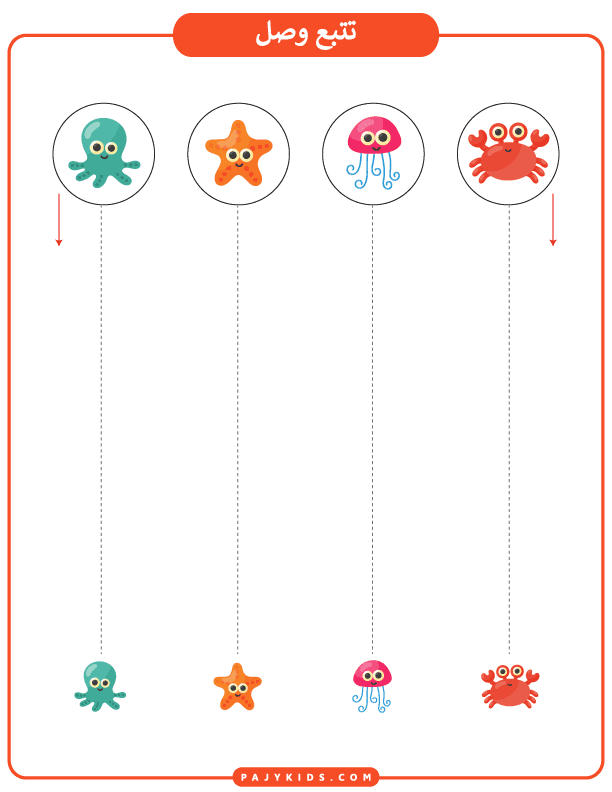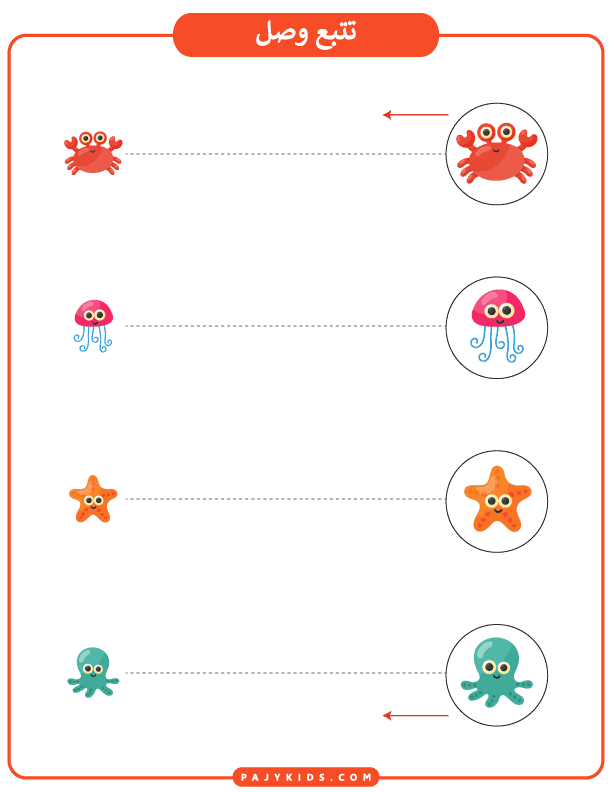Tracing worksheets for kindergarten play a vital role in early childhood education, serving as foundational tools that help children develop essential skills. These activities typically involve children following the outlines of shapes, letters, and numbers, improving their hand-eye coordination and fine motor skills. By practicing control and precision, children gain the muscle memory needed for writing, drawing, and other tasks requiring dexterity. This is especially critical in early learning environments where structured handwriting begins to take form.
How Tracing Worksheets for Kindergarten Support Learning
Tracing worksheets for kindergarten are specifically designed to align with a child’s developmental stage, offering age-appropriate challenges that gradually increase in complexity. These worksheets often incorporate engaging themes and visuals to capture young learners’ attention while reinforcing important concepts such as the alphabet, numbers, and basic shapes. As children progress through these exercises, they build confidence in their ability to create consistent letter forms, which directly supports reading and writing readiness. Furthermore, these worksheets can be tailored to individual learning needs, providing both remedial support and enrichment opportunities.

Encouraging Consistent Practice Through Structured Activities
Incorporating tracing worksheets for kindergarten into a child’s daily routine encourages repetition and consistent practice—two key elements in skill mastery. Educators and parents can use these tools to monitor developmental milestones and identify areas that may require additional support. Beyond academic preparation, tracing also promotes patience, focus, and a sense of achievement, all of which contribute to a child’s overall emotional and cognitive development. Ultimately, tracing worksheets for kindergarten serve as an effective, accessible, and engaging way to foster a lifelong love of learning.
